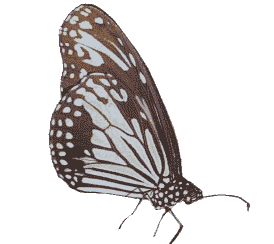
Parantica, commonly called tigers, is an Old World genus of butterflies in subfamily Danainae of family Nymphalidae. They are found in southeastern Asia, Indonesia, Papua-New Guinea, and the Philippines. Many of these species are endemic to islands and considered endangered, vulnerable, or threatened according to the IUCN Red List. For other butterflies called tigers see the genus Danaus.

Delias is a genus of butterflies. There are about 250 species of the genus Delias, found in South Asia and Australia. The genus is considered to have its evolutionary origins in the Australian region.

Danis is a genus of butterflies in the family Lycaenidae. The species of this genus are found in the Australasian realm.
Henley Grose-Smith (1833–1911) was an English entomologist who specialised in Lepidoptera.
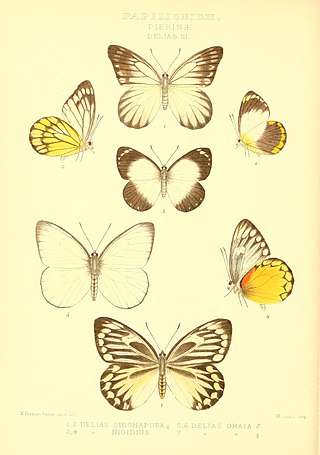
Delias ennia, the yellow-banded Jezebel, is a butterfly in the family Pieridae. It is found in Australia, Indonesia, Papua New Guinea and several surrounding islands.

Hypocysta is a genus of butterflies in the family Nymphalidae.
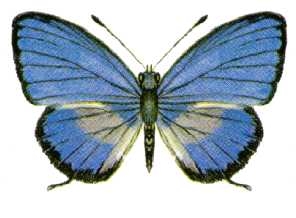
Nacaduba cyanea, the tailed green-banded line-blue, is a species of butterfly in the family Lycaenidae, and formerly considered a member of the genus Danis. It is found in the Indonesia, Papua New Guinea, the Solomon Islands and Australia (Queensland).

Psychonotis caelius, the small green banded blue, is a species of butterfly of the family Lycaenidae. It is found in New Guinea and adjacent islands and along the eastern coast of Australia.
Candalides silicea is a species of butterfly of the family Lycaenidae. It was described by Henley Grose-Smith in 1894. It is found in the Schouten Islands and Mefor Island in New Guinea.
Emil Weiske was a German naturalist.

Delias agoranis, the Burmese Jezebel, is a butterfly in the family Pieridae. It was described by Henley Grose-Smith in 1887. It is found in the Indomalayan realm, where it has been recorded from southern Burma and south-western Thailand.

Delias gabia is a butterfly in the family Pieridae. It was described by Jean Baptiste Boisduval in 1832. It is endemic to New Guinea.

Delias geraldina is a butterfly in the family Pieridae. It was described by Henley Grose-Smith in 1894. It is found in the Australasian realm where it is endemic to New Guinea.

Delias ladas is a butterfly in the family Pieridae. It was described by Henley Grose-Smith in 1894. It is endemic to New Guinea.

Delias sacha is a butterfly in the family Pieridae. It was described by Henley Grose-Smith in 1895. It is found on the Wallace line, where it has been recorded from Obi.
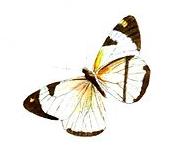
Delias lara is a butterfly in the family Pieridae. It was described by Jean Baptiste Boisduval in 1836. It is found in New Guinea.

Jamides allectus is a butterfly in the family Lycaenidae. It was described by Henley Grose-Smith in 1894. It is endemic to New Guinea.
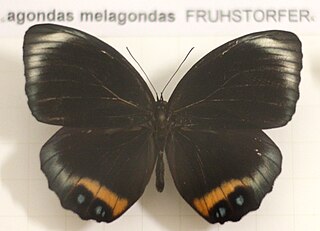
Elymnias agondas, the palmfly, is a butterfly in the family Nymphalidae. It was described by Jean Baptiste Boisduval in 1832. It is endemic to New Guinea and neighbouring Cape York in the Australasian realm.
Cirrochroa imperatrix is a species of butterfly of the family Nymphalidae. It was described by Henley Grose-Smith in 1894. It is found on Biak and Supiori, and is possibly also present on Sulawesi and New Guinea.













